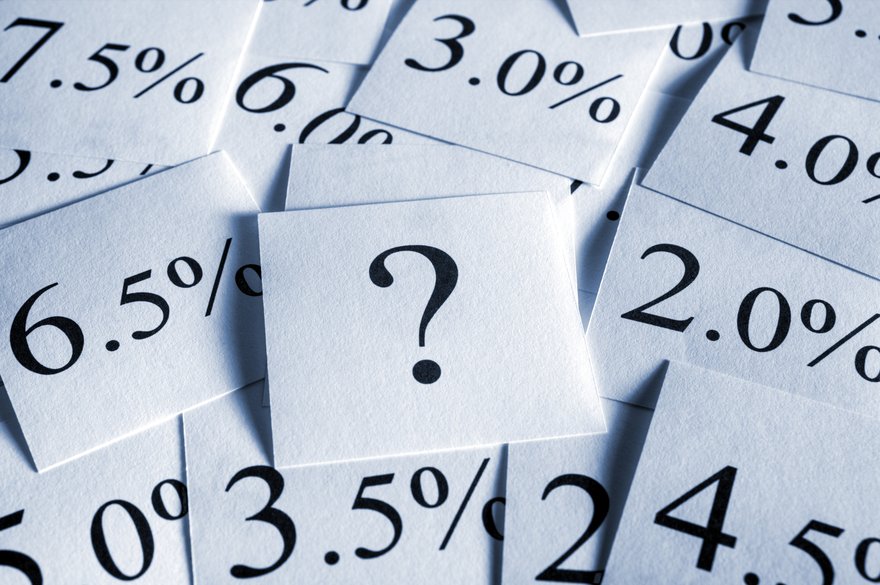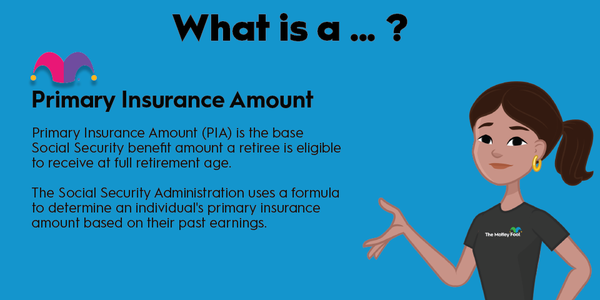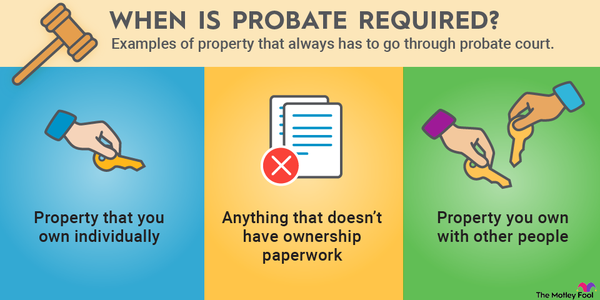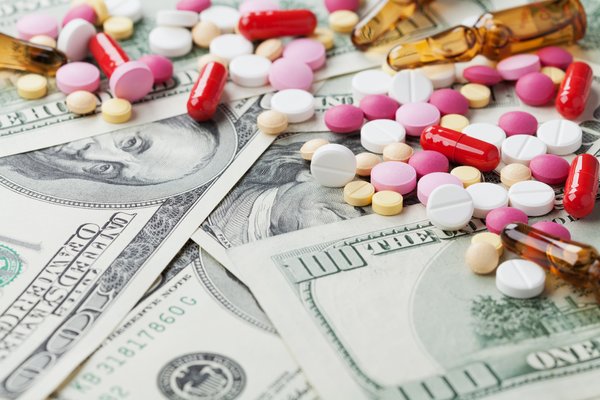There are several important interest rate metrics that affect consumers, and perhaps none are more significant than the prime rate. In this article, we'll discuss the prime rate and why it should matter to you.

The prime rate can be thought of as the interest rate that banks give their most creditworthy customers. It typically describes the base rate charged on corporate loans (not consumer loans, like mortgages) and loans to less-creditworthy borrowers, often based on a certain spread above the prime rate. For example, a loan might have a variable interest rate of "prime plus two," meaning two percentage points above the prime rate.
Where does the prime rate come from?
Where does the prime rate come from?
The prime rate fluctuates over time and generally follows the federal funds rate. When you hear that the Fed raised rates or something similar, it's usually a reference to the federal funds rate. Technically speaking, banks can set their own prime rates, which may or may not move with the federal funds rate.
However, the benchmark prime rate published in The Wall Street Journal -- which is based on the 10 largest U.S. banks -- generally moves in tandem with the federal funds rate. According to the Journal, as of early January 2024, the prime rate in the United States was 8.5%. The highest prime rate in history was 21.5% in December 1980, and the lowest on record was 3.25% in both December 2008 and March 2020.
Generally, the prime rate is three percentage points higher than the top end of the federal funds rate target range. When the rate bottomed out at 3.25%, the federal funds rate was set between 0% and 0.25%. As of January 2024, the federal funds rate range was between 5.25% and 5.5%, which explains the prime rate of 8.5%.
A real-life example
Example of how the prime rate can affect your daily life
Several types of consumer interest rates are directly tied to the prime rate. Credit cards are the biggest example. Your credit card interest rate is typically easy to find on your statement or your credit card issuer's website. However, if you look at the cardholder agreement you were given, you'll probably find that the rate is not only variable but also likely based on the prime rate.
For example, you might see that your credit card interest rate is 14.99% plus the prime rate. So, if the prime rate is 5%, your credit card's interest rate would be 19.99%. And if the prime rate increased by one percentage point, your interest rate would rise to 20.99%.
Which consumer interest rates are affected?
Which consumer interest rates are affected by the prime rate, and which aren't?
We mentioned that credit card interest rates are typically based on the prime rate, but those aren't the only ones. Home equity lines of credit (HELOCs) typically have variable interest rates based on benchmark rates like the prime rate. In many cases, the prime rate can also directly affect adjustable-rate mortgages and other loans with variable interest rates.
Related investing topics
Many consumer interest rates do not directly correlate with the prime rate. Mortgage rates and auto loan interest rates are the two biggest examples. Personal loan interest rates are also not typically based on the prime rate.
However, the prime rate certainly impacts these rates. A rising prime rate means it costs banks more to borrow money, so the prime rate can influence mortgage and auto loan rates. In fact, the surge in the prime rate in 2022 and 2023 was a major catalyst for mortgage rates rising to multidecade highs.






































































